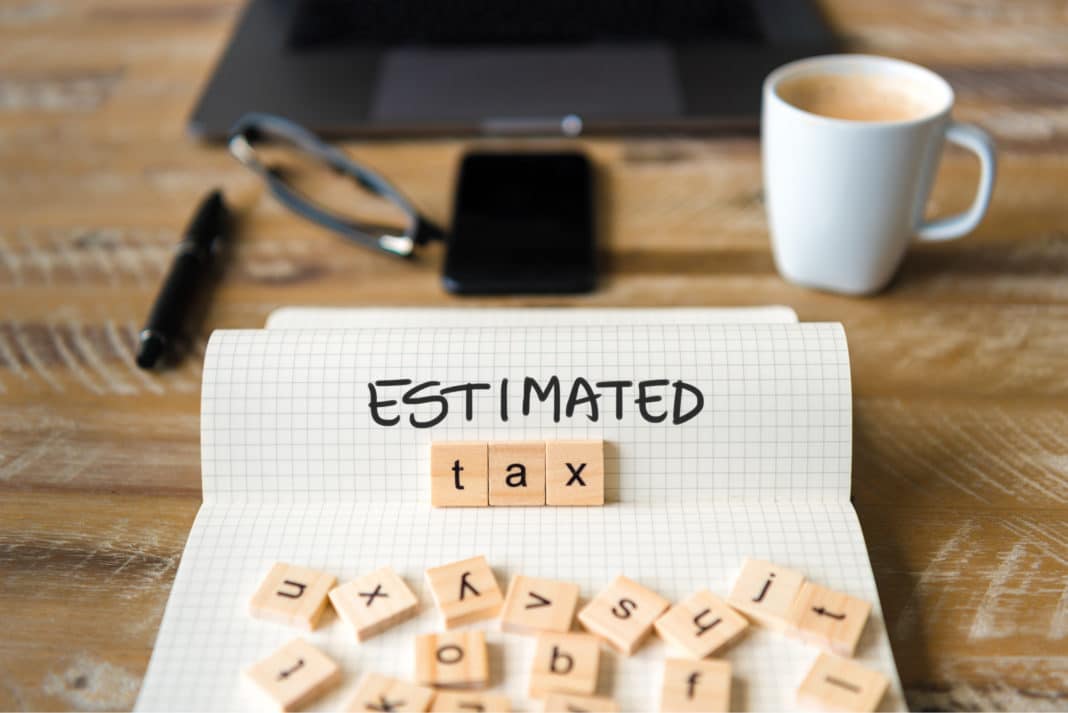Small business owners, self-employed people, and some wage earners should look into whether they should make estimated tax payments this year. Doing so can help them avoid an unexpected tax bill and possibly a penalty when they file next year.
Taxpayers who earn a paycheck usually have their employer withhold tax from their checks. This helps cover taxes the employee owes. On the other hand, some taxpayers earn income not subject to withholding. For small business owners and self-employed people, that usually means making quarterly estimated tax payments.
Here are some details about estimated tax payments:
- Generally, taxpayers need to make estimated tax payments if they expect to owe $1,000 or more when they file their 2021 tax return, after adjusting for any withholding.
- The IRS urges anyone in this situation to check their withholding using the Tax Withholding Estimator on IRS.gov. If the estimator suggests a change, the taxpayer can submit a new Form W-4 PDF to their employer.
- Aside from business owners and self-employed individuals, people who need to make estimated payments also include sole proprietors, partners and S corporation shareholders. It also often includes people involved in the sharing economy.
- Corporations generally must make these payments if they expect to owe $500 or more on their 2021 tax return.
- Aside from income tax, taxpayers can pay other taxes through estimated tax payments. This includes self-employment tax and the alternative minimum tax.
- The final two deadlines for paying 2021 estimated payments are September 15, 2021 and January 15, 2022.
- Taxpayers can check out these forms for details on how to figure their payments:
- Taxpayers can visit IRS.gov to find options for paying estimated taxes. These include:
- Direct Pay from a bank account.
- Paying by credit or debit card or the Electronic Federal Tax Payment System.
- Mailing a check or money order to the IRS.
- Paying cash at a retail partner.
- Anyone who pays too little tax PDF through withholding, estimated tax payments, or a combination of the two may owe a penalty. In some cases, the penalty may apply if their estimated tax payments are late. The penalty may apply even if the taxpayer is due a refund.
To learn more view the IRS video:







